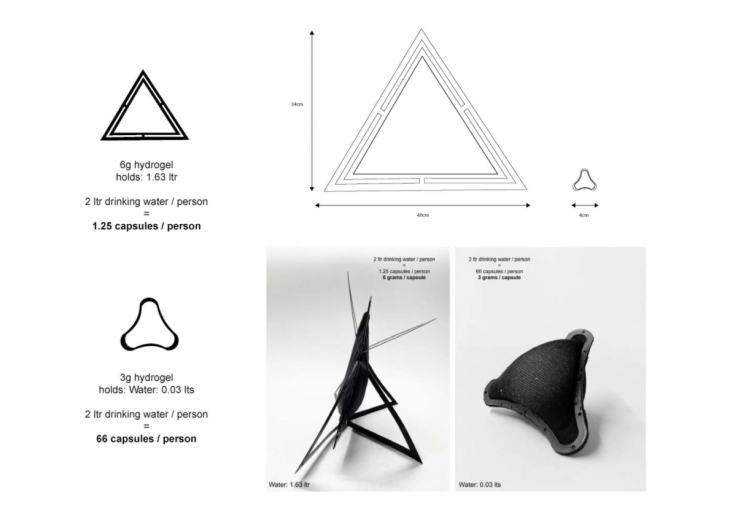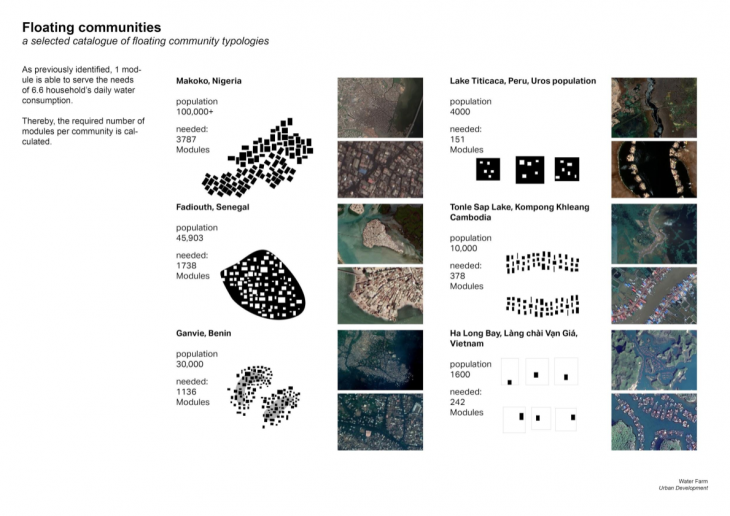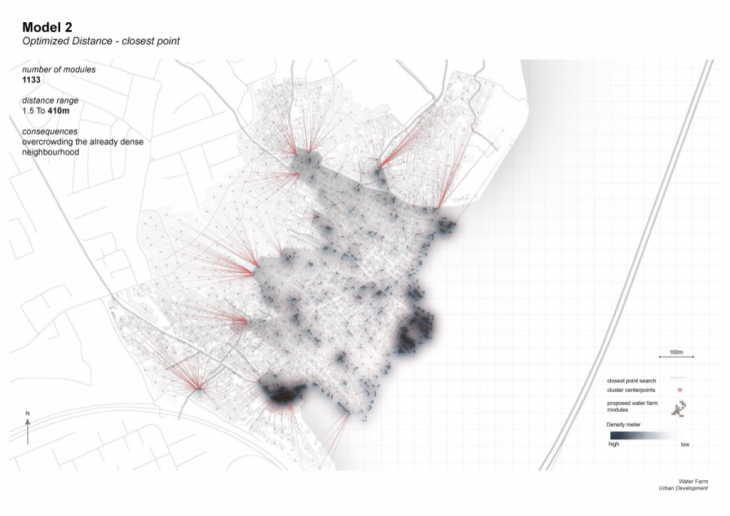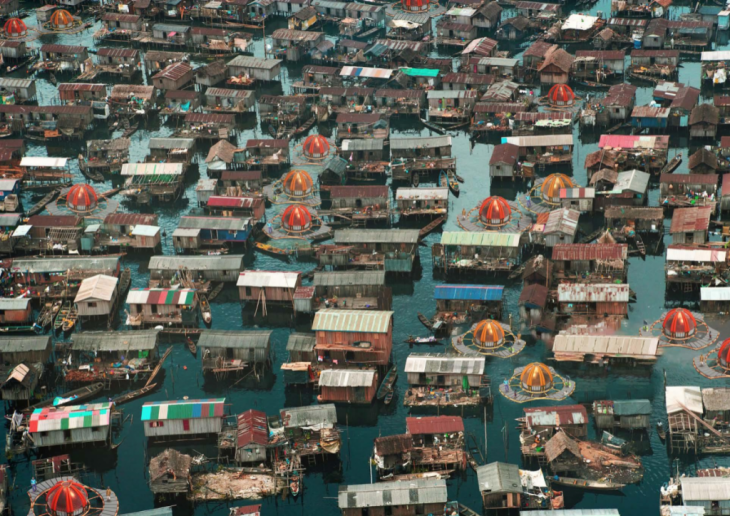
Water scarcity is a ubiquitous problem with its magnitude expected to rise in the near future due to diminishing groundwater resources, mitigated river flows, dwindling lakes, and heavily polluted water.
Only about 3% of the earth’s water resources is fresh and 2.5% are glaciers, leaving 0.5% for consumption by living organisms. The challenge of providing sufficient and safe freshwater is limited by population growth, climatic changes, industrialization, and contamination of available freshwater sources.

Though hydrogel can absorb 170% of its weight, this absorption maximum is not necessary or efficient for rapidly obtaining its water content.
The water uptake experiment on the right displays a graph illustrating the water absorption rate of hydrogel at 6grams.

With hydrogel, a passive desalination process is achievable through its absorption and desorption capabilities. Placing hydrogel in a bed above the sea water positions it in a location that received constant water evaporation.

MATERIAL EXPERIMENTS
To understand the behavior of hydrogel, we did a simple experiment of the type of liquid sodium polyacrylate was capable of absorping.
Comparing regular tap water with seawater, we found that due to the salinity, there was only 25% uptake of hydrogel by direct absorption.
we concluded that direct absorption of seawater was not effective.



Testing the result of the desorbed water that was released from the hydrogel capsule was key to proving the concept.

We tested the anchoring of hydrogel to different textiles and mesh materials using silicon as the binder. Each composite material was
weighted before and after submerged in water to find the material that accommodate the most weight increase the water held.

Encapsulating the hydrogel created interesting moments of kinetics due to its expansion. Suddenly a geometry could grow and its erect form could offer new possibilities. This expansion property was also used to explore the possibility of promoting a secondary protection layer. Taken from the form of a flower, petals were arranged on the capsule. Once hydrated, the expanding material pushed the petals and the
transformation resembled that of a flower in bloom.

The size of each capsule is dependent on the quantity of hydrogel in the textile enclosure, as the weight increase of uptaken water affects the structural stability of the capsule. The number of capsules needed to provide for 1 person’s daily drinking water varies accordingly.


SYSTEM OF PROCESSES
A bed of hydrogel capsules is situated above the ocean water. The evaporated water is absorbed by the hydryogel capsules situated within a frame. Once absorbed, the capsuled then expand, lifting the capsule petals and exposing the hydrogel to the heat trapped within the dome cover placed over the bed. The water then evaporates and condenses onto the surface of the dome. The water drops then slide down the surface and into opening located at the edge of the dome which lead into fresh water containers.


Research on the shell of beetles indicates that a water droplet can self-propel due to the inducement of surface energy released upon adjacent droplets coalescence, which experiences four stages, namely condensate, growth, coalescence, and jumping. This concept was then applied to the dome as an optimization method for increasing and directing the flow of water. Different bump patterns were explored to understand the way in which they influence the water flow as well as understand the way in which water drops are pushed towards each other.

Heat Capturing:
The dome is able to absorb the heat from the solar radiation gained. It can then transfer this heat throughout the body of the structure, creating a warm environment for evaporation as well as desorption.
Water Flow:
The bump texture taken from the bump study is applied to the split dome, allowing the condensing water to slide down into the water bags.


The resulting system design was a floating structure with geometries that optimized evaporation and maximized water collection. Yet, this form and composition felt foreign to the communities it aims to serve.

CONTEXTUALIZATION & OPTIMIZATION
The communities which the water farm serve use a single key material to construct most of their household devices, their transportation vessels, and even their homes; bamboo. The system was deconstructed in order to reconstruct using contextualized materials.

The design was then deconstructed in order to understand the key features that needed to be reassessed and re-materialized.


Bamboo shells vary in geometry from region to region. These first explorations tried to understand what simple parameters could be
changed in order to achieve these variations. To create a range of forms, the amount of bamboo rods applied in the design can be increased for a smooth geometry, and decreased for a geometry more simple in form.
The amount of hydrogel necessary to produce adequate water for the community served by each unit was also reconsidered. Rather than maximizing the output, the capsules were simplified to keep the output at an appropriate scale.

Bamboo Shell Optimization
In order to optimize the water collection system, the structure needs an increased surface area to heat up the interior chamber, allowing for water to evaporate. The structure also needs an increased slope angle for condensed water to slide into the containers rapidly. A genetic algorithm was then introduced to the process of optimization. Wallacie, a grasshopper plug-in, was used to breed several optimized geometries that were optimized for radiation and slope angle maximization.



The chosen geometry is optimized in a balanced in slope and radiation maximization. The frame was then extracted and active bending bamboo members were constructed to obtain the shell.

The materials of the water farm was then revisited and reapplied to the new form. With the same goals as the previous set of materials and lifespans, the assignment aims to create an assembly of materials that span from 2-5years. The speed at which air flows over the structure of water affects the rate at which the water evaporates. As the wind blows, it sweeps away airborne water particles. The humidity of the air in the region of this evaporation is reduced, which allows more water molecules to dissipate into the air.

The final design is a simple module that has been greatly optimized to sere a purpose of necessity rather than excess. The chosen color is a blend of a decision to attract heat as well as stand out as a beacon in the community. The modules, once together can be combined to create a seamless landscape of water farms throughout the occupied space.


CONTEXTUALIZATION SUMMARY
The average household earns 590 euros per year, 50-60% of which is pent on water. This means that the average household seconds 355 euros on water per year. The estimated cost of one water farm can be covered by the 16 households it serves in roughly 16 months. This also brings the cost spent on water to an average of 5 euros per year per household.



URBAN DEVELOPMENT
We wanted to explore how our system could be implemented in relevant contexts, and so we move into urban applications. First we created a catalogue of floating community typologies. As you can see, each context has a different relationship between land, water and settlement. We narrowed our site to one of the following which was Makoko, a neighborhood of Lagos, Nigeria.

Makoko is an informal settlement that has a population estimated between 100,000 and 200,000. In total there are around 10,000 stilt houses mapped, and the neighborhood grows out of need. People circulate by canoe, and primary industries are fishing, lumber, salt making and sand dredging.

Below is an areal view of Makoko, the fringes of the community are bordered by Lagos landside and the lagoon waterside. Primarily, the shelters are residential. Part of the year, the water is occupied by harvested wood that is floated across the lagoon.

Circulation through the community happens through these canals. The main ‘highways’ so to speak cross directly through the middle of the neighborhood; typically they are no more than 3 to 4 meters wide.
One of the main problems that the community faces besides water scarcity is pollution, due to lack of drainage. Mixed trash as well as biological waste contaminate the water, and the situation is fairly extreme across the board.


Two of the main industries are illustrated here. The location of sawmills to the south, where the logs are floated to for processing, and the main fish market of the neighborhood. Within the community are small amenities such as convenience stores and community centers.
There are 10 water access points which are the main sources of water for the neighborhood. These are typically privately owned Boreholes. Residents have to travel to these places daily to pay for water.


A quantitative assessment of the best case scenario for our context, where everyone is accounted for and has access for 2L of water per day., was produced.

From our research, we knew that one water farm can provide water for about 96 people daily. Assuming that each shelter houses 6 people, we knew that one farm can serve 16 households, which we define as a cluster.
In total, there are 596 clusters of houses in the whole Makoko.


The first was to create clusters of clusters.
The goal is to minimize travel distance and also create smaller localized neighborhoods. We want to ensure equal access to water throughout the community by creating equal coverage over the community

Through a closest point search, you can see that the distances from cluster to farm is pretty consistent, but it also means that it requires the demolition of a lot of existing houses and also doesn’t account for the land-based community and how the farms would be placed in that case.


The second model also is optimizing distance, but farms are placed in a less invasive and more surgical way.
The placement parameters here are minimum groups of at least two farms, and placed only in available space.

This model clearly is less evenly distributed than the first, due to the density of the existing condition, but the water-based section is relatively evenly distributed for access, while land based section requires travelling.
The benefits are that it doesn’t interrupt the unmeasurable dynamics that are existent.


The third model places water farms at the periphery of the community, creating a new edge condition and the opportunity for a new type of space. The distribution is clearly uneven here.



The final model is completely detached from the fabric, and is more of an island.
We combined here the water farms with fish farms, so that it adds capacity for economic growth.

This model cannot comfortably accommodate the density that would be ideal for providing enough water, without further increasing travel distances.
but the need to all travel out for water also removes the need to define hierarchy within the existing condition


Here we animated the shortest path by taking canal routes. Previously, most houses could only access one of 10 privately owned sources, and based on the sample
But then we drew the simulation for each model, and the more diffused models have the benefit of shorter travel distances, whereas the centralized models require people to move through the city
Inevitably, taking into account the density of the neighborhood, it would not be a convenient task
These modules are not solutions, they are methods and they require further study or fieldwork to try and accommodate the unmeasurable factors of the community.

A catalog of potential social infrastructure was collected to imagine the possibility of water farm modules acting as social and economic nodes, catering to the needs of society.

The final proposal is a distributed system of water farms, creating an accessible network of resources for a complex community with a growing need for sustainable solutions.


Students: Taras Kashko, Eve Nnaji, Robyn Houghton